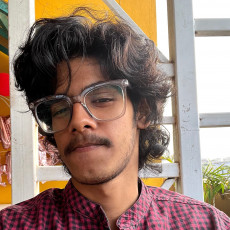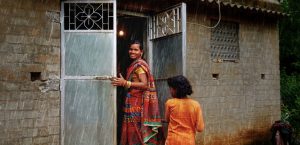Being a tropical nation, India flourishes in lush greenery. It is also blessed with ample rainfall, which provides a lot of space for agricultural and other farming activities. This is what the people of India have been doing for centuries.
The state of Odisha is no exception. With an average yearly precipitation over 130 cm. Over 75% of our rains come in the months of June to September.
The land is home to many farmers, who are heavily dependent on rain because rice requires paddy and paddy fields need a lot of water. But most farmers live in rural and tribal areas and cannot afford farming technology which would help with irrigation and make their lives easier. The monsoon is their only real source of water. So it is not surprising that the first rains are welcomed with pomp, joy and many festivities. It is at the merriest of times.
At the same time, people are oblivious to the grave danger brought by rain. While the monsoon means fertility, it also brings a surge of infections and diseases.
Urban communities are sensitized to the threat from water-borne diseases. They know the meaning of prevention and can seek medical treatment provided by the government. Rural areas, however, are more exposed to untimely medical ailments and have less possibilities for treatment. And those most affected are the tribal communities.
These communities are neglected by the government. Lacking medical support and stern guidance on prevention they are unaware of the diseases that threaten them during the monsoon. This can lead to death.
Tribal hamlets are mostly located in forests, a part of which is used for agriculture. This dense jungle, flooded with water, is a perfect environment for mosquito-borne diseases. As a result, tribal communities have the highest number of infections from malaria, dengue, and filariasis. People in these communities are completely unaware of these life-threatening illnesses carried by mosquitoes.
The lack of information also means that tribal people do not consider strategies to address the threat, or adapt their way of live. They are blindfolded and unaware of the grave danger that surrounds them.
Posted By Rohit Samal
Posted Sep 24th, 2023


